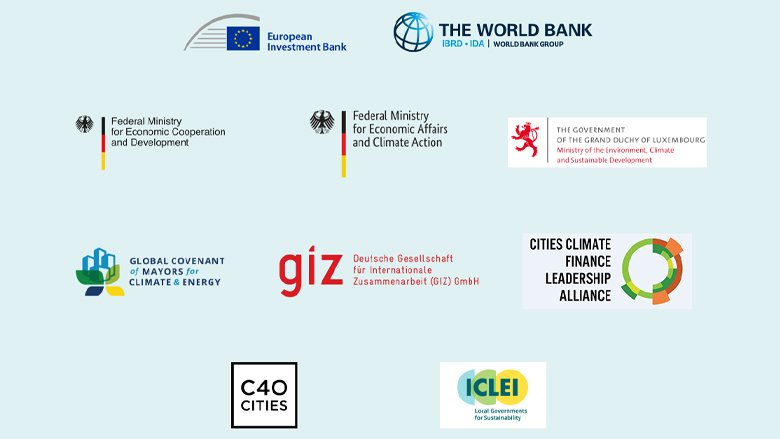Kinshasa: one of Africa’s largest cities
The capital city of the Democratic Republic of the Congo, Kinshasa, is one of Africa's largest cities. Already home to over 15 million people, Kinshasa is growing rapidly, expanding by about 2,000 people and five hectares every day, according to World Bank estimates.
Much of the city’s growth is informal, sprawling out to the savannah south and east of the capital. Green spaces are being replaced by concrete, metal, and bare earth, ushering in climate challenges like flooding, soil erosion and higher temperatures.
These problems stem from rapid unplanned urbanization. Without sufficient planning, the capital is expanding into areas that lack basic infrastructure and services like drainage systems and solid waste management. Construction on unstable, sandy soil is putting infrastructure, homes and people at risk of erosion. Urban heat is also a challenge, with temperatures in the city recorded up to 8° C higher than outside the capital.
The untapped potential of nature-based solutions
To help tackle these challenges, the City of Kinshasa requested the City Climate Finance Gap Fund (the Gap Fund), a partnership implemented by the World Bank and European Investment Bank, to explore the potential of using nature-based solutions to build urban climate resilience, sequester carbon emissions and provide socio-economic benefits.
The Gap Fund provided US$ 260,000 in technical assistance to help identify, evaluate, and integrate specific nature-based solutions in Kinshasa. Government actors from the City of Kinshasa, the Department of Urban Development and the Ministry of Public Works partnered with World Bank specialists and consultants from Groupe Huit, ARTER and VSI Afrique to implement the Gap Fund technical assistance proposal.
The work builds on the World Bank-financed Kinshasa Multisector Development and Urban Resilience project as well as support previously provided by the World Bank’s Global Program on Nature-based Solutions for Climate Resilience at the Global Facility for Disaster Reduction and Recovery (GFDRR).
Pinpointing solutions to design an atlas of plant species
The team used the World Bank’s Nature-based Solutions Opportunity Scan (NBSOS), a digital algorithm that uses high-resolution geospatial data and analysis to help pinpoint nature-based solutions that would support Kinshasa’s three goals: to sequester carbon, reduce natural disaster risk, and provide socio-economic benefits.
The tool helped analyze physical conditions such as topography and soil composition, determine suitable locations, and compile a list of nature-based solutions, drawn from the 14 types outlined in the World Bank Catalogue of Nature-based Solutions for Urban Resilience. Examples include urban farming, terraces and slopes and green corridors.
For the first time, the NBSOS tool was adapted to the local and hyper-local scale to provide recommendations that were site specific and customized to local needs. Local, indigenous knowledge from people living in Ibi, a village near Kinshasa known for its sustainable agroforestry practices and biodiversity expertise, was integrated in analysing suitable vegetation types. Their input was crucial in choosing native, local and exotic plant species.
The team also integrated knowledge from the NBSOS tool with data on local vegetation types to create a ‘Vegetation Atlas’ which scored each plant’s ability to reduce vulnerability to floods, heatwaves and soil erosion, sequester carbon and enhance socio-economic development. By linking the Vegetation Atlas to the NBSOS, the team could identify the most effective nature-based solutions and plant species for specific areas.
"The Vegetation Atlas enabled us to know which types and varieties of grass, plants and trees could best meet Kinshasa's challenges and priorities," said Laurent Corroyer, Disaster Risk Management Specialist at the World Bank. "Vegetation choices can now be optimized by benefit, such as reduced soil erosion, heat stress, air pollution or flooding. The new tool offers practical insights, locally adapted solutions and clearer guidance for investment opportunities."








